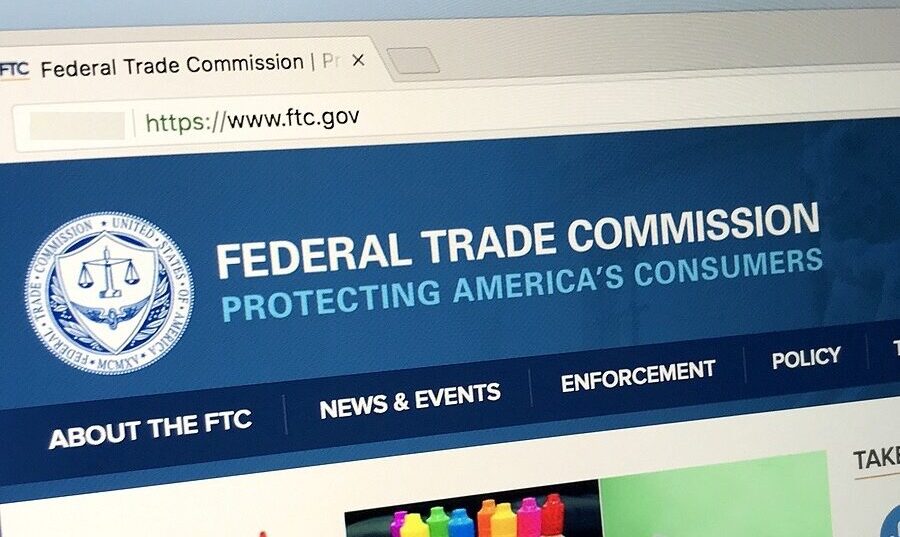
Revenue Leaks: Discover the 5 Areas Draining Your Recurring Income
Have you ever wondered how to keep your business from losing money? Well, there are some simple -- but often overlooked -- signals that can help you identify where your revenue might be slipping away. These signals are scattered across different departments in your company, and sometimes they don't make it to the right people in your product, financial, sales, and marketing teams. Let's dive into these revenue signals and how to address them. Data, Reporting, Alerting Before we get into the spec...
HELLO!
This premium article is exclusively reserved for Subscription Insider PRO members.
Want access to premium member-only content like this article? Plus, conference discounts and other benefits? We deliver the information you need, for improved decision-making, skills, and subscription business profitability. Check out these membership options!
Learn more about Subscription Insider PRO memberships!
Already a Subscription Insider PRO Member?
Please Log-In Here!








